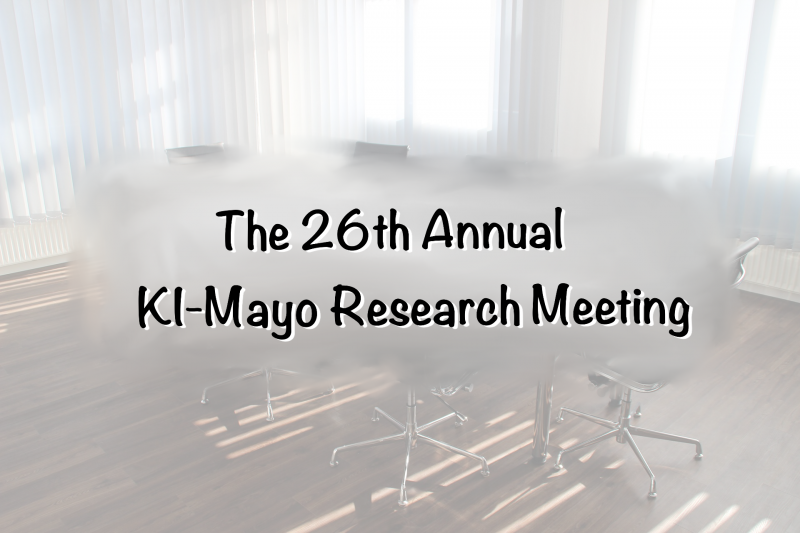
Going digital: the 26th Annual KI-Mayo Research Meeting
The recent KI-Mayo research meeting (I’m going to call it “the conference” from hereon) was a great experience so I thought I’d share my thoughts and takeaways from it!
Here’s a little teaser of the things I’ll be going over about in this blog:
- The scale of the entirely digital conference
- Some pros and cons
- Some very cool platforms and working behind the scenes
- The speaker and the idea: communicating research
Going digital: the scale of the conference
This was the very first time I had been part of a digital event of this scale. To give you a better idea of the numbers, take a look at this picture below:
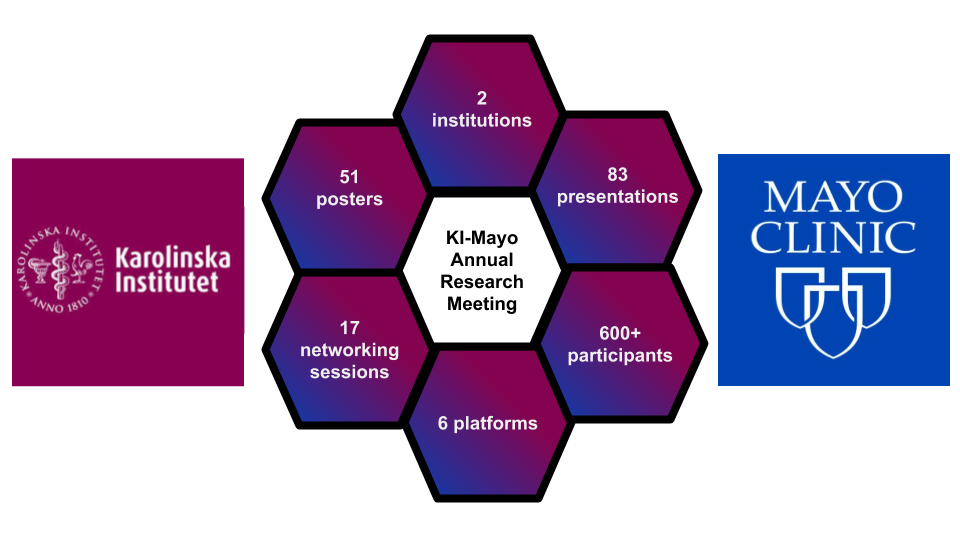
Evidently, it was quite a large event. So how did it go? What were the positives and negatives?
Going digital: some pros and cons
✅ For one, digitalization of such scale caused the event’s carbon footprint to be reduced dramatically. If we consider transportation itself and presume a 50:50 ratio for KI and Mayo attendees, that still means 325 people flying back and forth across the Atlantic Ocean. That isn’t even taking into account other things that also have an environmental impact: venue prep, mass catering, electricity, etc.
✅Secondly, having no travel time made the conference more accessible to both speakers and attendees. Attending right after class or taking a break from work to give a talk became a possibility. Plus, people who can otherwise face difficulties attending (new parents, people with mobility problems, etc.) could now attend.
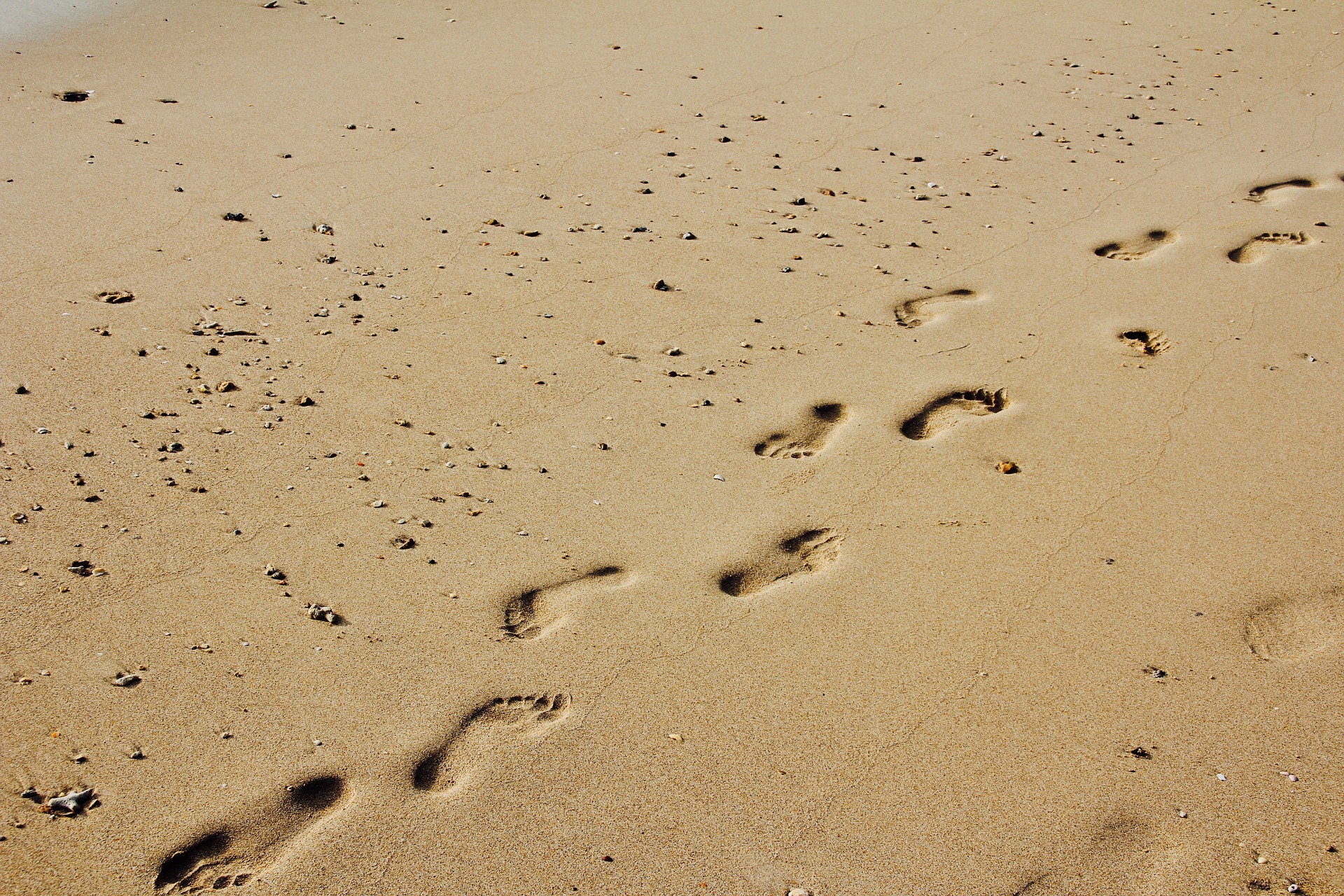
Image credits: Peggy und Marco Lachmann-Anke on Pixabay 
Image credits: Jan Vašek on Pixabay
?The vibrancy that is so characteristic of events like this was harder to create in a digital session. It was impossible to bump into people and make small talk, which is a really nice aspect of streaming out of a physical conference hall to grab some fika. However, I think that the networking sessions managed to get quite close.
?Another negative I experienced is the bane of the digital age: tired eyes. A long event means many hours on your laptop, so I’m waiting for a simple and affordable VR headset to show up on the market so that I can be kinder to my tired eyes which stare at a screen to study, socialize, and attend events nowadays.
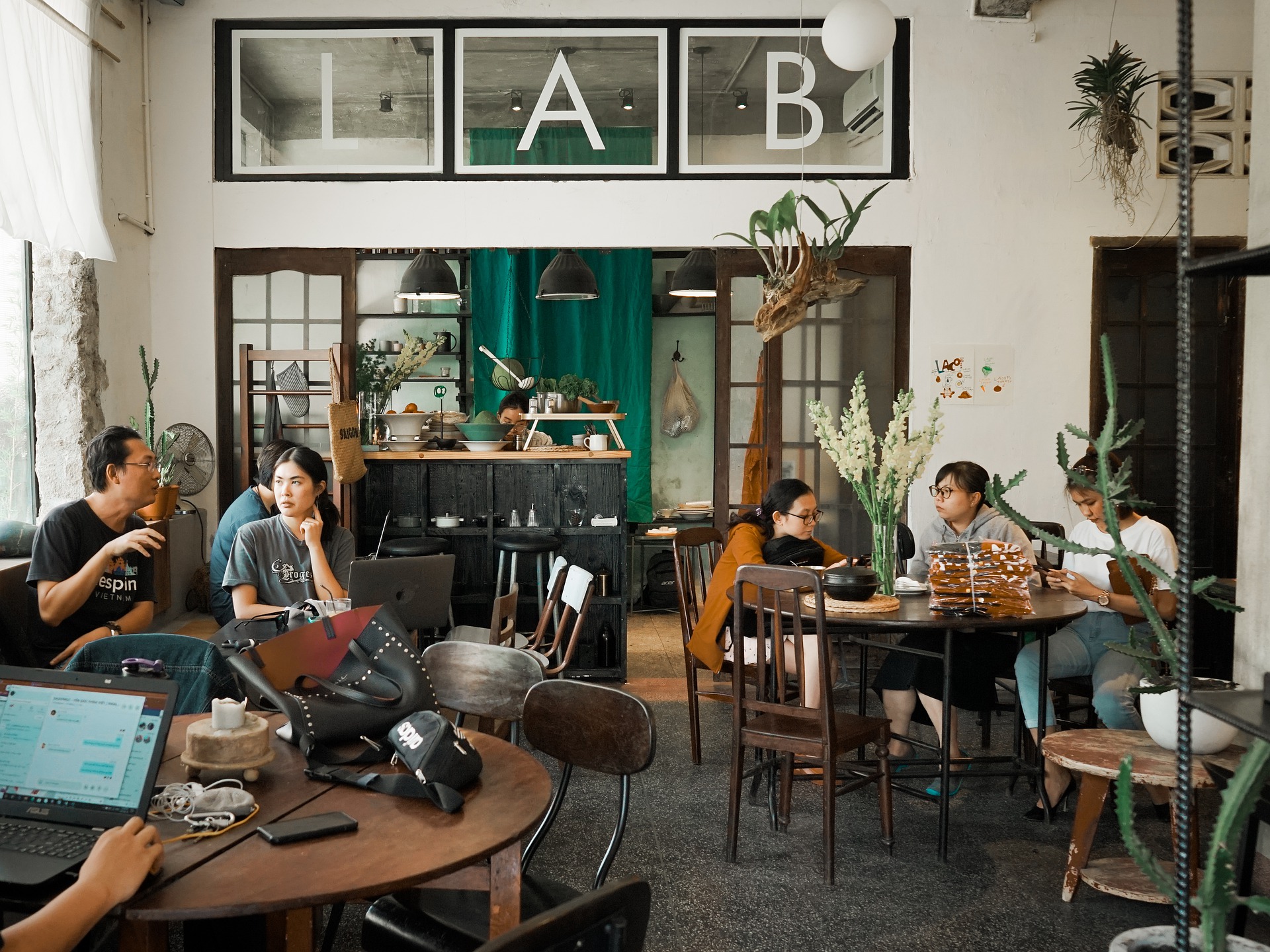
Image credits: uh_yeah_20101995 on Pixabay 
Image credits: Mylene2401 on Pixabay
Some very cool platforms
A silver lining of the wave of digitalization we’re riding in 2020 is discovering the sheer number of really great apps and platforms. In this conference we used 6 in all, counting those that were behind the scenes as well as those for attendees to access.
As part of the student task force of this conference, I dealt with several platforms in the role of “tech support” and thus grew quite familiar with them. I won’t bore you with the more mainstream ones, but I want to give two a special mention: Padlet and Voicethread.
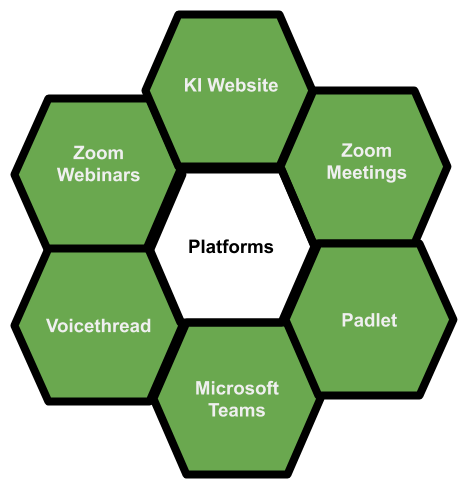
Padlet: This was my first time using Padlet, and I really loved the interface! It has lovely pops of colour and is easy on the eyes. As such, I found it a great platform to share links to the more casual and easy-going networking sessions for the conference. The format chosen for the conference made it look like a post-it board, and even then, one could leave comments on the individual post-its, allowing easy interaction and trouble-shooting.
VoiceThread: I found this to be a great fit for asynchronous poster presentations online. It essentially allows speaker to record their real life poster presentation by combining the image of the poster with audio and video comments. Then, attendees can view these recordings and leave their own text, audio, or video comments asking questions. It makes for a more dynamic setup than I thought was even possible, and I really like it.

Image credits: Gerd Altmann on Pixabay 
Image credits: fancycrave1 on Pixabay
The speaker and the idea
Every time I listened to someone presenting their research, I learned something new not only in terms of sheer content, but also in terms of how to present oneself and one’s ideas.
For instance, one thing you can note is what each speaker uses to tie their presentation together. For instance, some focussed on flow of their research journey, while others presented their talk in an incremental problem-solution format. Others used beautiful graphics, and others still made their slides memorable with pops of colour.

All presenting aside, the ideas and concepts were super interesting! You can find the topics presented by different speakers on the website. If any of them spark your fancy you can go ahead and go ahead and look up the speaker: chances are you’ll easily find their work and published papers.
Final note
Overall, being part of the KI-Mayo Research Meeting was a really interesting experience. If you like the sound of the conference, keep an eye out for the next one! Until then, you can find the Murdock lectures on Youtube.
Inika <3
Featured image is an edit by Inika Prasad of an image by Chief22880 on Pixabay
Inika Prasad — Biomedicine BSc
Hello, Inika here. I’m a third-year Biomedicine bachelor’s student at KI. I'm from India and a little bit from Sweden. As a Digital Ambassador Blogger, I'll be writing about my programme, things happening in and around KI, and giving insights into university life.

0 comments